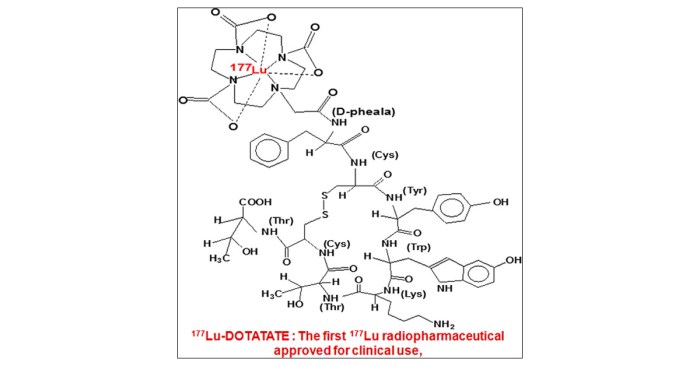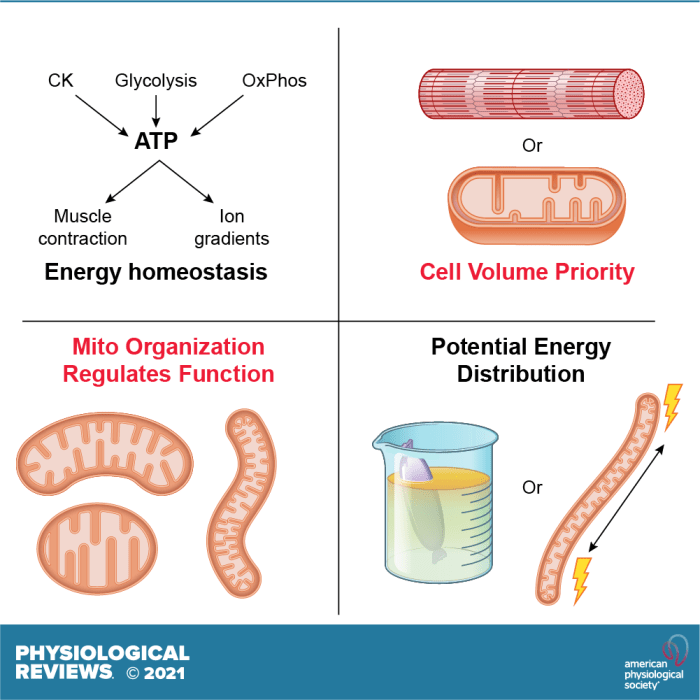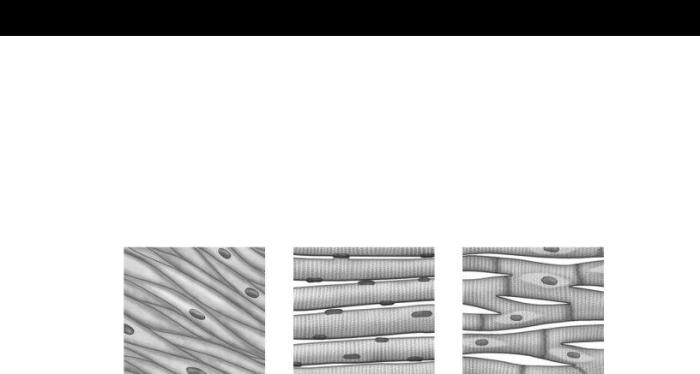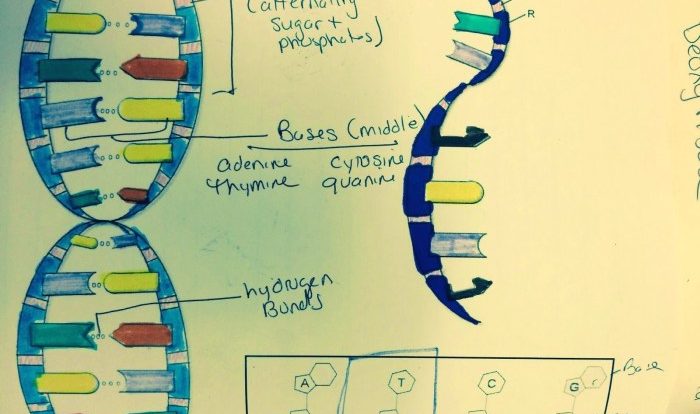Chapter 5 Lab Investigation Muscles Answer Key: A Comprehensive Guide to Muscle Anatomy and Function unravels the intricate world of muscles, providing a thorough understanding of their structure, function, and adaptations to exercise. This comprehensive resource delves into the fascinating realm of muscle physiology, innervation, metabolism, and common muscle injuries and disorders, empowering readers with a profound knowledge of this vital bodily system.
From the fundamental components of muscle tissue to the complex mechanisms of muscle contraction and relaxation, this guide illuminates the essential role muscles play in movement, posture, and overall physical well-being. By exploring the diverse types of muscle fibers, their unique properties, and their remarkable ability to adapt to various stimuli, this guide unveils the remarkable plasticity of the human body.
5. Muscle Adaptations to Exercise: Chapter 5 Lab Investigation Muscles Answer Key
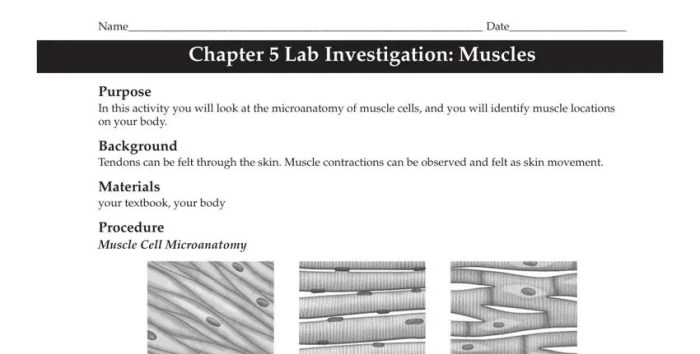
Exercise training can lead to a number of adaptations in skeletal muscle, including increases in muscle size, strength, and endurance. These adaptations are the result of a complex interplay between mechanical stress, hormonal signals, and cellular processes.
Hypertrophy
Hypertrophy is the increase in muscle size that occurs in response to resistance training. It is caused by an increase in the number and size of muscle fibers. Hypertrophy is a key factor in improving muscle strength and power.
Hyperplasia
Hyperplasia is the increase in the number of muscle fibers that occurs in response to exercise training. It is a relatively rare phenomenon, but it can occur in certain types of muscle, such as the soleus muscle of the calf.
Angiogenesis, Chapter 5 lab investigation muscles answer key
Angiogenesis is the formation of new blood vessels in muscle tissue. It is a key adaptation to exercise training, as it helps to deliver oxygen and nutrients to the muscles and remove waste products.
Factors Influencing Muscle Adaptations to Exercise
The adaptations that occur in muscle in response to exercise training are influenced by a number of factors, including:
- The type of exercise
- The intensity of the exercise
- The duration of the exercise
- The frequency of the exercise
- The individual’s genetics
Essential Questionnaire
What are the three main types of muscle tissue?
Skeletal muscle, smooth muscle, and cardiac muscle.
What is the role of calcium ions in muscle contraction?
Calcium ions trigger the release of energy from ATP, which powers the contraction of muscle fibers.
How does exercise affect muscle metabolism?
Exercise increases the demand for energy, leading to increased glucose uptake and glycogen breakdown in muscles.
What is muscle hypertrophy?
Muscle hypertrophy refers to the increase in muscle size due to an increase in the number and size of muscle fibers.
